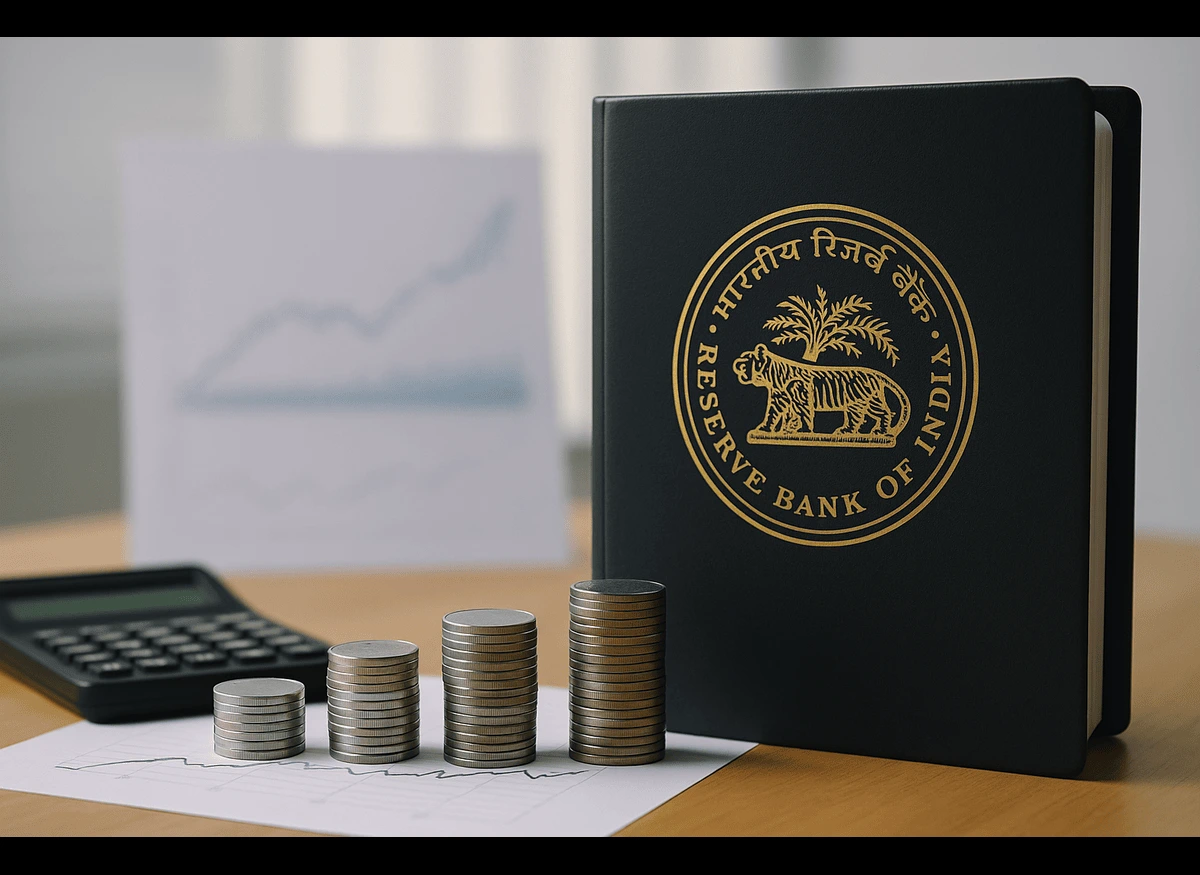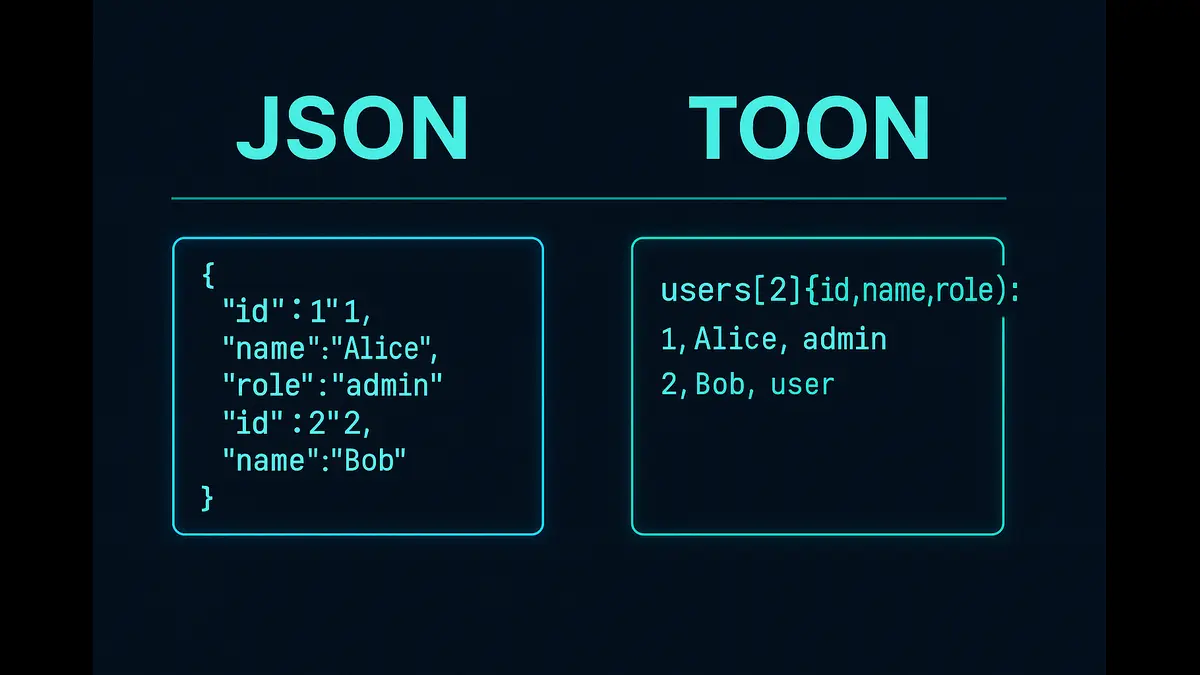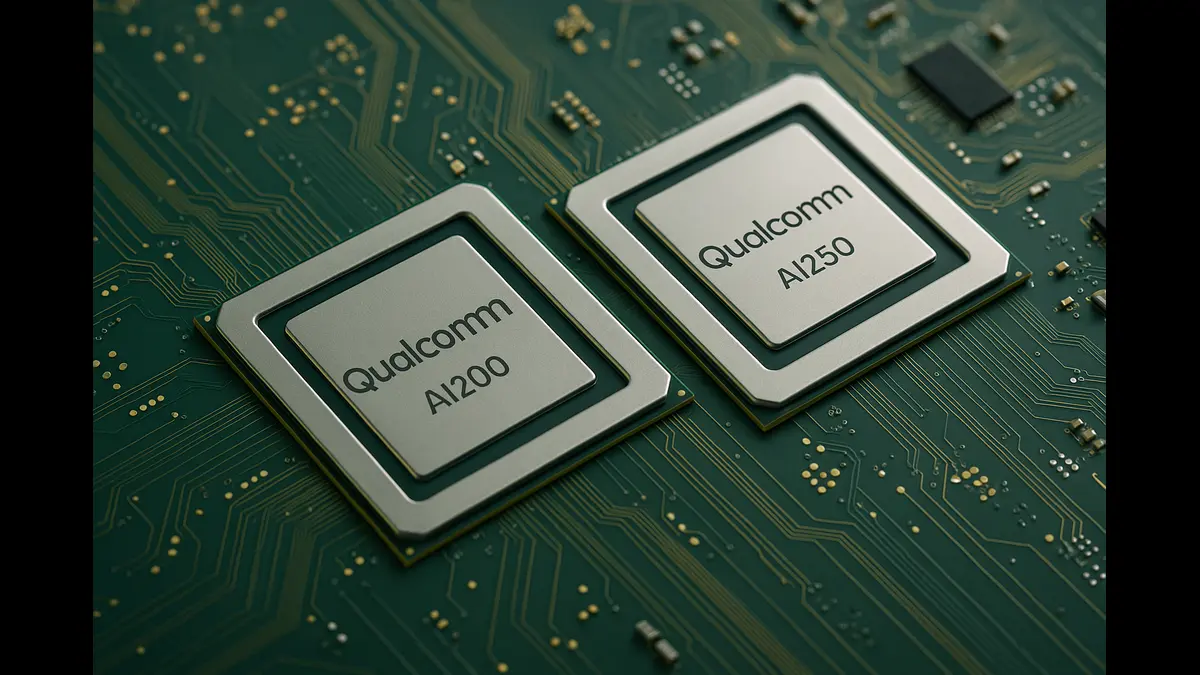
As inflation cools and growth moderates, all eyes are on the RBI’s Monetary Policy Committee meeting on June 6, 2025. Markets expect a 25 bps repo rate cut—the third in 2025—to support investment, consumption, and macroeconomic stability. This article analyzes the rationale behind the anticipated move, its sectoral impact, transmission challenges, and how it fits into India’s roadmap toward a $5 trillion economy.
The Reserve Bank of India’s (RBI) Monetary Policy Committee (MPC) meeting scheduled on June 6, 2025, with a strong consensus anticipating a 25 basis point (bps) reduction in the repo rate, lowering it from 6.00% to 5.75% sets the tone for renewed economic momentum, targeting investment revival and credit flow across key sectors . This might mark the third consecutive rate cut in 2025, following reductions in February and April, reflecting the RBI’s strategy to bolster economic growth amid easing inflation and global uncertainties. With inflation at a multi-year low of 3.16% in April 2025 and FY25 GDP growth at 6.5%, this move aims to stimulate investment and consumption.
A Shift Toward Accommodative Policy
The RBI’s monetary policy in 2025 has been proactive, responding to evolving economic conditions. In February 2025, the MPC, chaired by Governor Sanjay Malhotra, unanimously reduced the repo rate by 25 bps from 6.50% to 6.25%, marking the first cut in nearly five years. A further 25 bps cut in April brought the rate to 6.00%, with the policy stance shifting from neutral to accommodative, signaling openness to additional easing. These decisions were driven by subdued inflation (3.61% in February 2025) and concerns over slowing growth, with Q3 FY25 GDP at 6.2%, up from 5.4% in Q2 but below 8.6% in Q3 FY24.
The MPC, comprising three RBI members and three external experts, operates under a flexible inflation-targeting framework, aiming to maintain consumer price index (CPI) inflation at 4% within a 2–6% band while supporting growth. The April 2025 policy statement highlighted navigating “a noisy and uncertain environment,” with global trade tensions, particularly U.S. tariffs, posing risks to exports. The anticipated June cut continues this trajectory, leveraging low inflation to prioritize economic stimulus.
Economic Context: Inflation and Growth Dynamics
Inflation Trends
India’s CPI inflation fell to 3.16% in April 2025, the lowest since July 2019, driven by a decline in food prices, particularly vegetables, with the Consumer Food Price Index (CFPI) dropping to 6% from 8.4% in December 2024. The RBI projects FY26 inflation at 4%, with quarterly estimates of 3.6% for Q1, 3.9% for Q2, 3.8% for Q3, and 4.4% for Q4, assuming a normal monsoon. Core inflation, excluding food and fuel, rose to 4.2% in February 2025, indicating moderate pressures. Wholesale Price Index (WPI) inflation, which captures imported goods, was 2.38% in February 2025, up from 2.05% in March, reflecting stable but slightly elevated import costs.
Growth Challenges
India’s GDP growth for FY25 was 6.5%, a four-year low from 7.2% in FY24, reflecting weaker manufacturing and export performance due to global trade frictions, including U.S. tariffs of 11–54% on imports from 60 countries, including India. These tariffs, announced by U.S. President Donald Trump, are expected to reduce FY26 GDP growth by 20–40 bps, potentially to 6.1–6.3% from the RBI’s 6.5% projection. The anticipated rate cut aims to counter these headwinds by boosting domestic demand and investment.
Rationale for the Anticipated Rate Cut
The expected 25 bps repo rate cut is driven by several factors:
Easing Inflation: With CPI inflation at 3.16% in April 2025, below the 4% target, the RBI has flexibility to prioritize growth. Stable food prices and a favorable monsoon outlook reduce domestic inflationary pressures.
Growth Support: The FY25 GDP growth of 6.5% and a credit growth slowdown to 9.8% in May 2025 (from 19.5% the previous year) underscore the need for cheaper credit to stimulate investment and consumption.
Global Uncertainties: U.S. tariffs and geopolitical tensions threaten export-driven sectors. Lower rates aim to strengthen domestic demand to offset potential export declines, with India’s diversified trade profile mitigating some impacts.
Liquidity Management: The RBI has managed liquidity effectively, reducing the banking system’s deficit from ₹3.3 lakh crore in January 2025 to ₹0.13 lakh crore by March 27. Measures like forex swaps ($25 billion) and open market operations (₹2.83 lakh crore) ensure sufficient liquidity for rate cut transmission.
While most analysts expect a 25 bps cut, SBI Research suggests a potential 50 bps “jumbo” cut to address credit growth deceleration, projecting a cumulative 75 bps reduction in 2025. The consensus, however, favors a cautious approach to balance growth and currency stability.
Implications for Key Economic Attributes
The anticipated rate cut will influence various economic dimensions, with significant implications for businesses, consumers, financial markets, and macroeconomic stability.
Businesses and Investment
Lower borrowing costs will reduce capital costs for businesses, particularly small and medium enterprises (SMEs), which face higher financing constraints. Sectors like capital goods, consumer durables, and manufacturing (6.2% revenue growth in Q3 FY25) will benefit from increased investment in expansion and modernization. The real estate sector, a key economic driver, will see enhanced affordability, spurring demand for commercial and residential projects. Industry leaders note that lower rates will encourage developers to launch new projects, particularly in tier-2 and tier-3 cities.
Consumer Spending
Consumers will benefit from lower equated monthly installments (EMIs) on floating-rate loans, particularly home and auto loans. Over 60% of loans are linked to external benchmark-based lending rates (EBLR), ensuring swift transmission of the rate cut. This reduction, expected to lower EMIs by 25 bps, will boost disposable income, driving consumption in housing, automobiles, and consumer durables. Borrowers with older marginal cost of funds-based lending rate (MCLR) loans may consider refinancing to capitalize on savings.
Financial Markets
The stock market is expected to respond positively, with interest rate-sensitive sectors like banking, non-banking financial companies (NBFCs), real estate, and automobiles likely to see gains. The BSE Sensex and Nifty, impacted by global trade concerns, may stabilize as investor confidence grows. In the bond market, the 10-year government bond yield (6.50% post-April cut) may decline further, though the impact could be limited if markets have priced in the cut. The rupee, which depreciated by 1.2% following U.S. tariff announcements, may face additional pressure, but the RBI’s $670 billion reserves will contain volatility.
Monetary Policy Transmission
Effective transmission is critical. With EBLR-linked loans resetting every three months, borrowers will experience lower rates by September 2025. However, MCLR-linked loans (50% of public sector bank portfolios) may face delayed transmission due to banks’ risk aversion. The RBI’s liquidity measures, including variable rate repo auctions, ensure surplus liquidity, facilitating smoother transmission.
Macroeconomic Stability
The rate cut aligns with fiscal measures in the Union Budget 2025-26, allocating ₹11.21 lakh crore for capital expenditure to drive infrastructure growth. Combined with monetary easing, this boosts sectors like construction (10.8% growth in Q4 FY25) and manufacturing (4.8% growth). The fiscal deficit, targeted at 4.4% of GDP for FY26, supports growth while maintaining fiscal discipline. The current account deficit (1.2% of GDP in FY25) remains sustainable, bolstered by services exports and remittances.
Challenges and Risks
Several risks warrant attention:
Inflationary Pressures: While domestic inflation is low, imported inflation has risen modestly due to a depreciating rupee and global commodity price fluctuations, with WPI inflation at 2.38% in February 2025. A 5% rupee depreciation could increase inflation by 35 bps, though declining global commodity prices (e.g., 17% drop in energy prices in 2025) mitigate this risk.
Global Trade Disruptions: U.S. tariffs and trade wars could dampen export growth, necessitating stronger domestic demand. The RBI’s focus on non-inflationary growth aims to address these risks.
Transmission Delays: Incomplete transmission for MCLR-linked loans could limit benefits. The RBI may introduce measures to ensure banks pass on rate cuts.
Currency Volatility: Lower rates could pressure the rupee, but the RBI’s reserves and interventions will manage excessive volatility.
India’s Economic Trajectory
The anticipated rate cut reinforces India’s resilience amid global challenges. The RBI’s 6.7% GDP growth projection for FY26, supported by consumption and investment, aligns with the Economic Survey’s 6.3–6.8% range. Infrastructure development (e.g., PM Gati Shakti) and manufacturing (via Production Linked Incentive schemes) will drive job creation and investment. The construction sector, projected to employ 100 million by 2030, and real estate, benefiting from lower rates, will amplify economic activity. Foreign direct investment (FDI), at $48 billion in FY25, will support manufacturing and digital infrastructure.
The RBI’s anticipated 25 bps repo rate cut reflects a strategic response to low inflation, moderating growth, and global trade uncertainties. By reducing borrowing costs, the RBI aims to stimulate investment, consumption, and sectoral growth, particularly in real estate, manufacturing, and consumer durables. As India navigates its path toward a $5 trillion economy by 2027, this rate cut, combined with fiscal measures, underscores a cohesive strategy to sustain growth and resilience, positioning India as a global economic leader.
Also Read: RBI Cuts Repo Rate by 50bps to 5.5% in June 2025 MPC Meeting
Discover more from Poniak Times
Subscribe to get the latest posts sent to your email.







